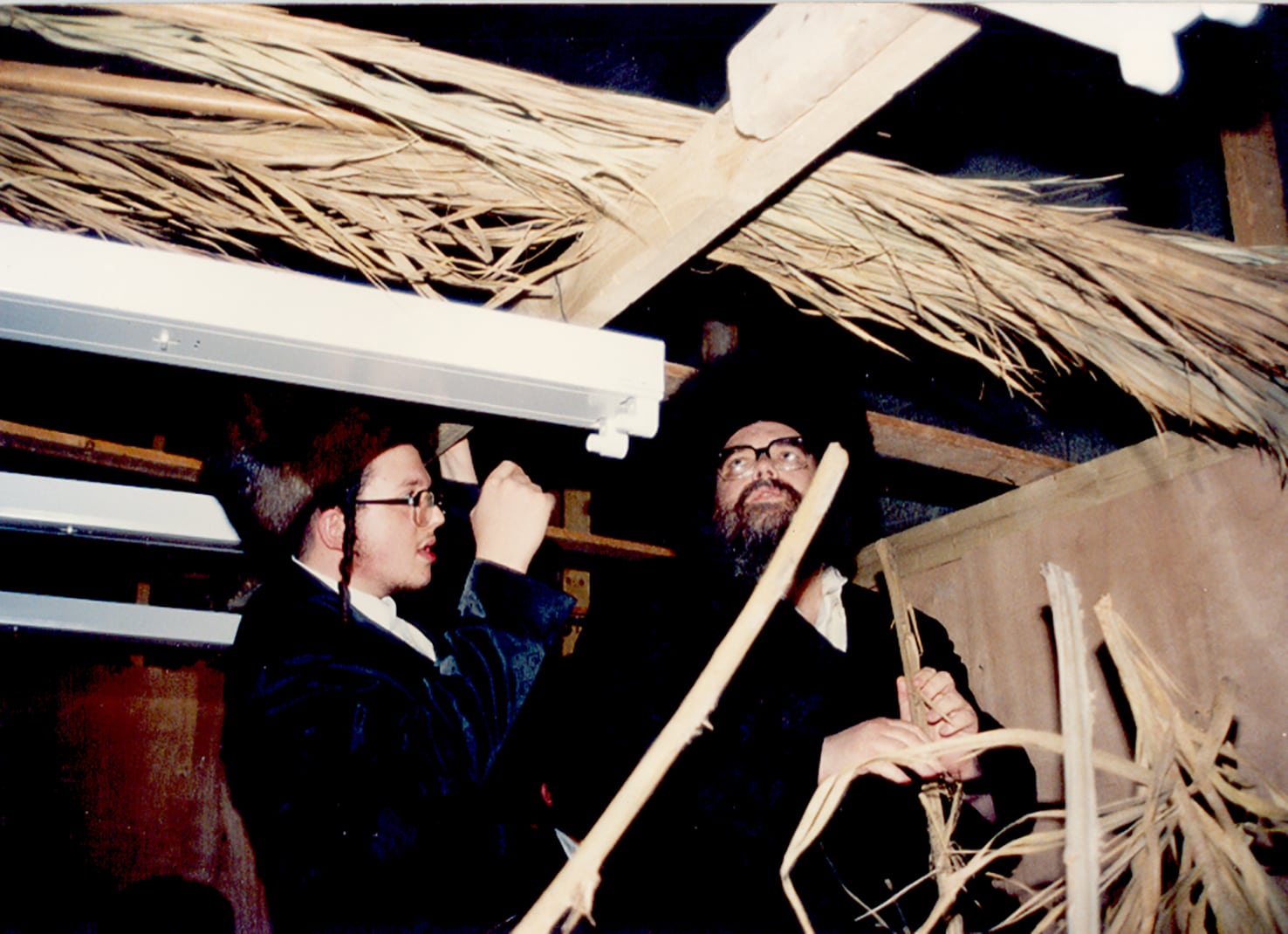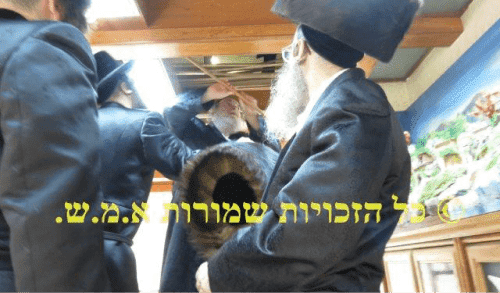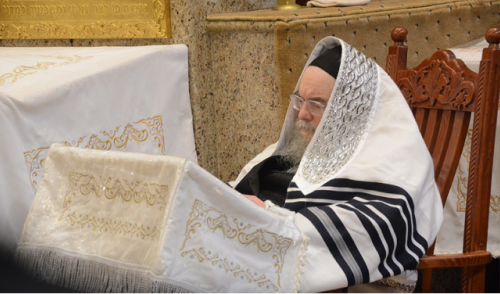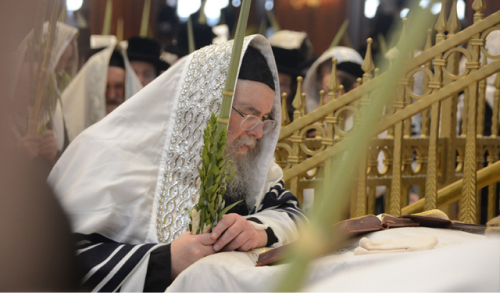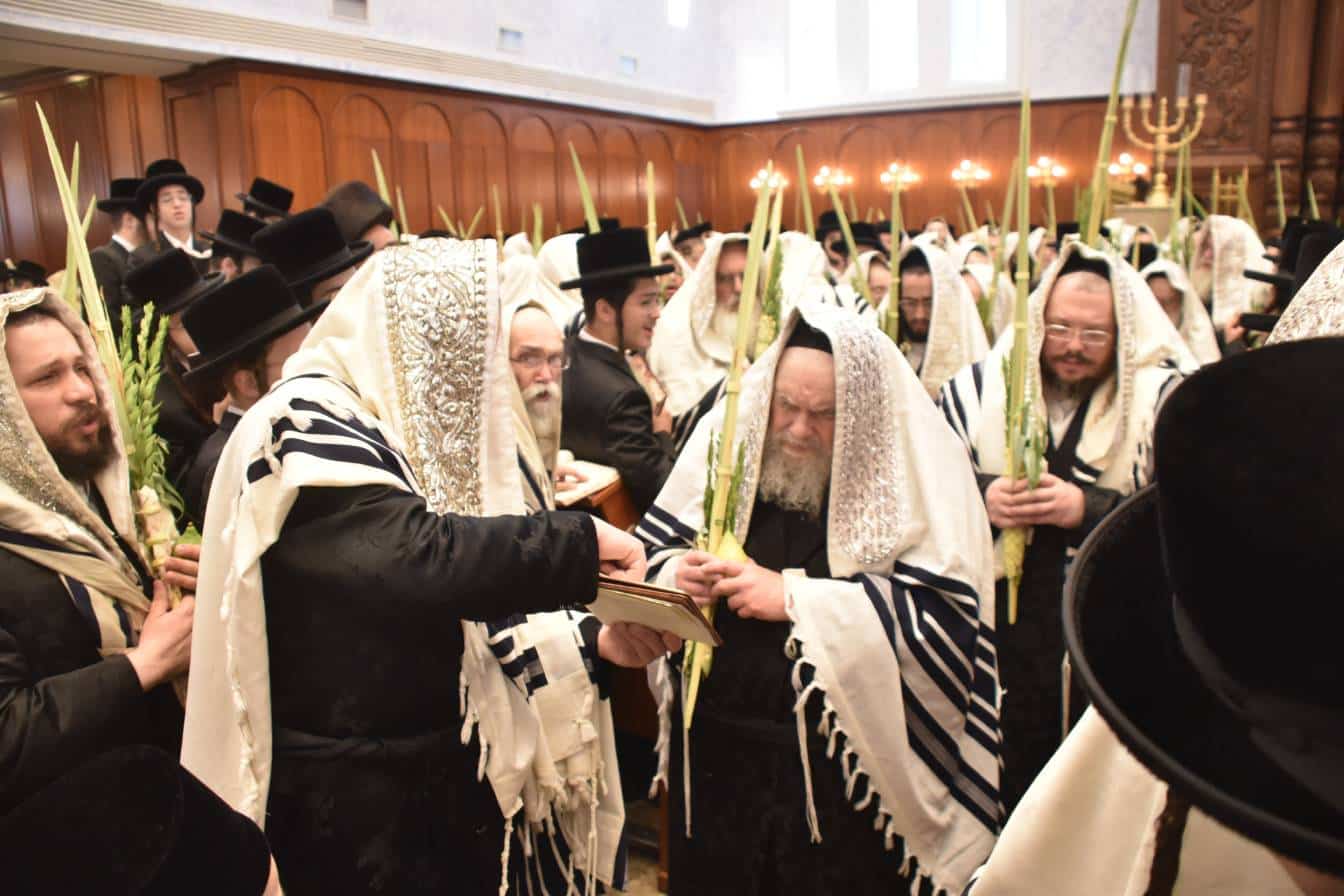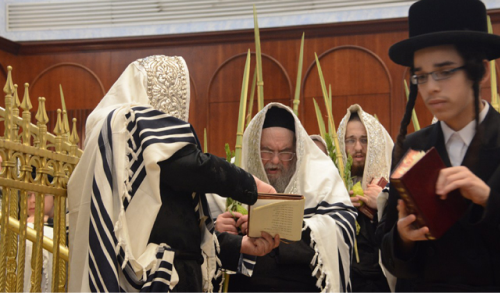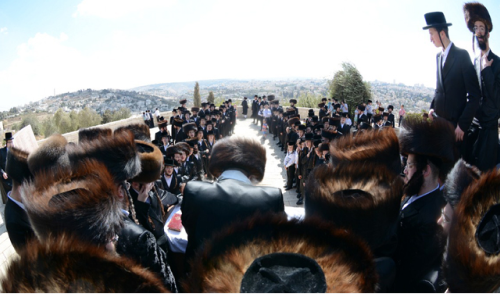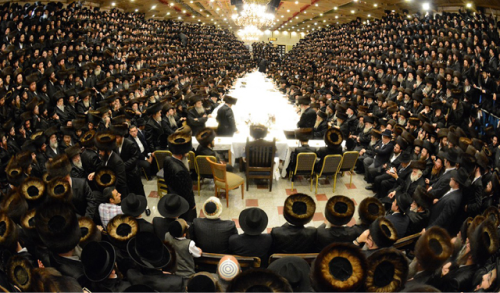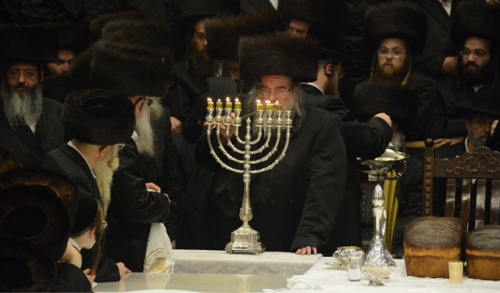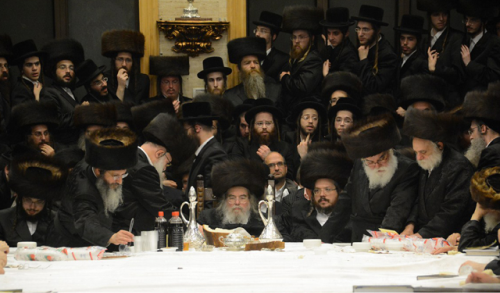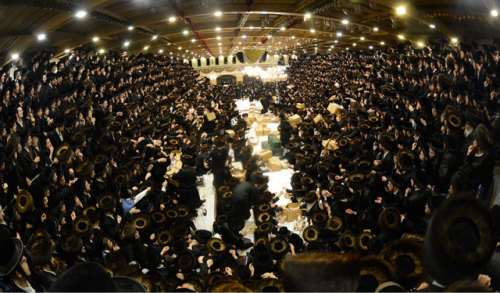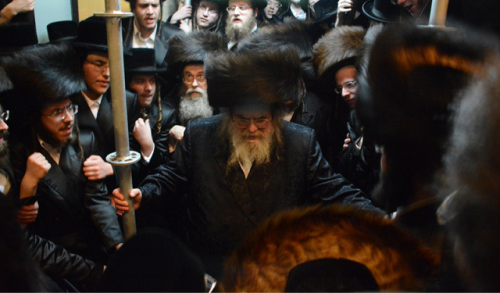
סוכות
Sukkos
The Festival of Joy
ט”ו תשרי-כ”ג תשרי / October 17-25, 2024
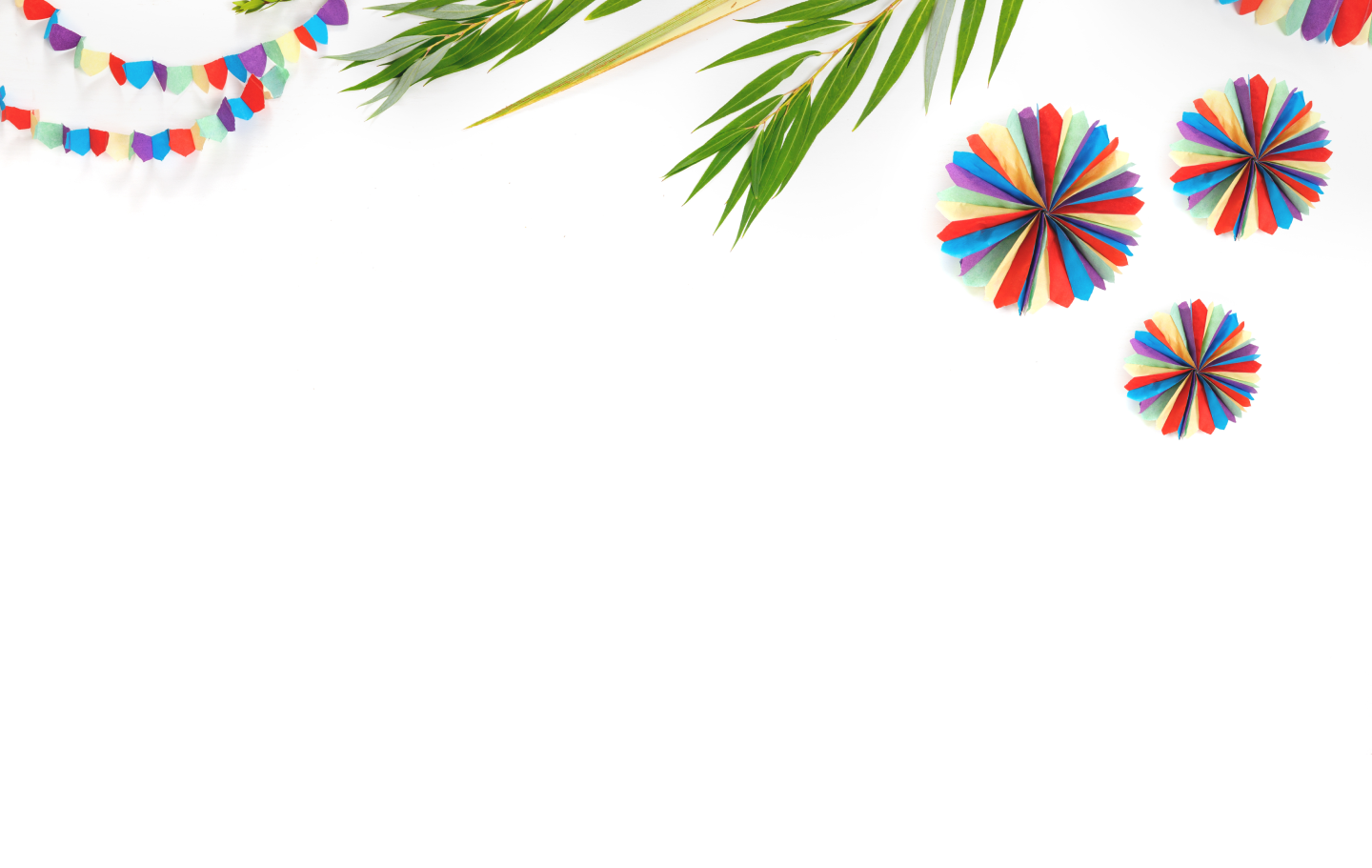
WHAT IS SUKKOS?
Sukkos is a seven-day holiday that the Torah mandates. This holiday starts on the 15th of Tishrei and ends on the 21st of Tishrei, a day is known as Hoshanah Rabbah. The following two days of Shmini Atzeres and Simchas Torah come immediately after Sukkos, on the 22nd and 23rd of Tishrei, but are a holiday unto themselves. Note that in Israel, the two days of Shmini Atzeres and Simchas Torah are combined into one day.
We read, “בסוכות תשבו שבעת ימים – In a Sukkah, you shall dwell for seven days…” The Torah explains that sitting in the Sukkah. We remember how Hashem settled the Jews in booths (Sukkahs) when they left Egypt.
Hashem enveloped the Jewish nation in a protective cloud shelter, with a cloud above to keep them shaded, a cloud below to soften the desert terrain, and clouds on each side to keep them safe.
As such, Jews worldwide erect booths out of wood, hard plastic, canvas, and other materials in the days leading up to Sukkos. These booths are covered with Schach, the material that covers the Sukkah, usually made from large branches, twigs, or long bamboo sticks. Throughout the seven days of Sukkos, the Jewish nation eats, sleeps, studies, and spends its free time in the temporary dwelling of the Sukkah.
The Torah also commands us to take the “Four Species” on Sukkos: the Esrog, Lulov, Hadasim, and Aravos. Holding the Esrog in the left hand and the other three species in the right hand, we make a blessing and wave them in all six directions. Some have the custom of waving the Four Species in the Sukkah.

IN JEWISH HISTORY
One can ask, if we commemorate events that occurred during our exodus from Egypt, shouldn’t the obligation to sit in a Sukkah coincide with the Pesach holiday? The answer given is that the first set of protective clouds that enveloped the Jews after leaving Egypt was stripped away from them when they sinned with the חטא העגל – Golden Calf. Moshe begged Hashem for forgiveness…and received it on Yom Kippur. Then Hashem commanded to set up a Mishkan to atone for the Golden Calf and to allow Hashem’s presence to rest among the Jewish nation. Over the next few days, the materials were gathered. On the 15th day of Tishrei, all materials needed for the building of the Mishkan were piled up and ready. At that time, Hashem once again enveloped the nation with protective clouds. It is this second set of clouds that we commemorate by building Sukkahs.

Help the Needy Purchase Arba Minim
The Mitzvos Of Sukkos
The holiday of Sukkos includes a delightful array of mitzvos. One reason for so many mitzvos this time of year is that we exited from the judgment days of Rosh Hashana and Yom Kippur victorious. We carry our Lulav high like the winner in olden times who left court with the scepter in his hand. We fulfill the mitzvos of Sukkos joyously and dance with the Torah in a state of delirious happiness because we are confident that Hashem stamped us in the Book of the Righteous.
Sukkah
- A Sukkah is a kind of hut with a minimum of 2 1/2 walls, a mat, a pile of leaves, or branches placed on top as “schach.”
- The walls must be sturdy enough to withstand a standard wind.
- The walls must be put up first, after which the schach can be set.
- A Sukkah must be at least 31.5” tall and not over 31’5” high.
- A Sukkah should be at least 22.5” long by 22.5” wide.
- The Sukkah must be built under the sky, with no branches, porches, or overhangs blocking one’s view of the stars through the schach.
- One can use a friend’s Sukkah to fulfill his obligation…however, one does not fulfill their obligation by using a stolen Sukkah.
- It is customary to beautify the Sukkah with decorations.
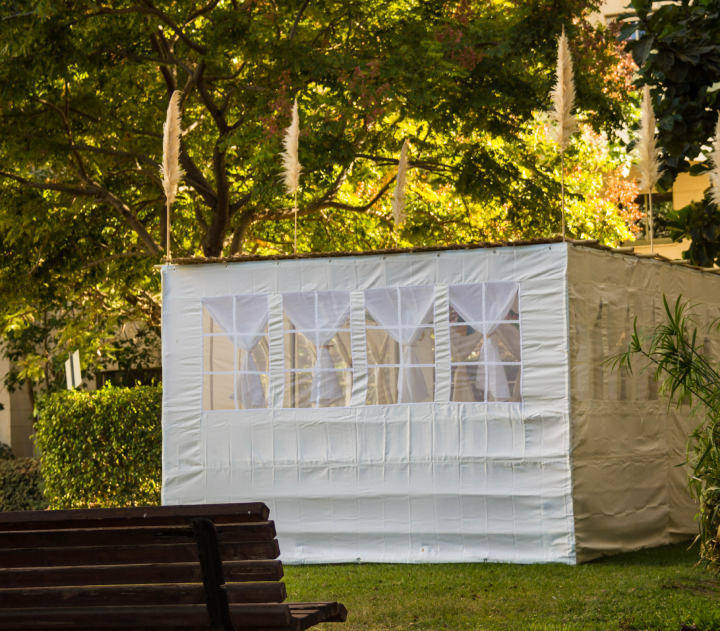
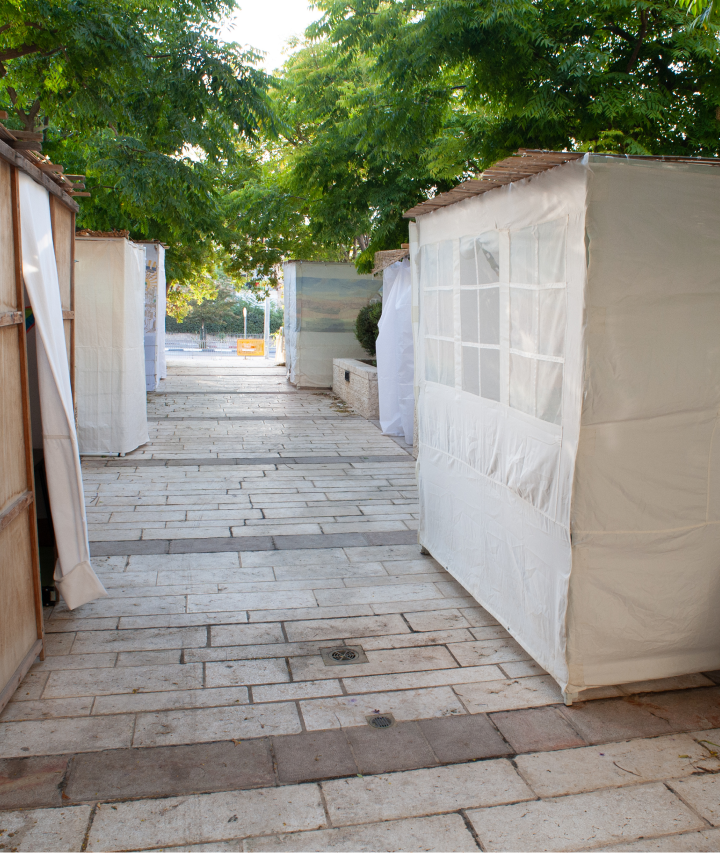
The Sukkah – A Hug From Hashem
We leave our homes for a week to live in the “צלא דמהימנותא” – the shadow of faith. By doing so, we demonstrate that we do not rely on our wealth or the walls of our house to protect us. We recognize that all blessing and protection is solely from Hashem.
There are four expressions of love. On the first level, one uses speech to express how much he loves another person. This finds expression in Pesach by using the פה – the mouth – to speak. The essence of the night revolves around talking about the Exodus, and G-d talks to us through His miracles. The next level is kissing, which is symbolized by Matan Torah. We experienced the Giving of the Torah פה אל פה– mouth-to-mouth, as Hashem spoke directly to the Jewish nation and Moshe. Then comes the Yomim Noraim, the High Holidays. There, the love is communicated through gazing – when a mere look is enough to convey the most profound feelings. But the highest level of love is the hug. Hugs are unconditional as the face is not seen. Instead, one buries oneself in the experience of accepting another. It is a safe feeling where one reels the other into their embrace.
One must bend an arm to bring the other person close. A Kosher Sukkah must have a minimum of 2 walls and a Tefach. When sketching it out, it resembles a hug. One should consider themselves hugged by Hashem Himself, so to speak, on the holiday of Sukkos.
Guests In The Sukkah – אושפיזין
Each night of Sukkos, a spiritual presence of one of the seven “shepherds” of our nation graces our faith-filled Sukkah hut.
1.
אברהם
Avraham, the pinnacle of חסד– kindness, come to our Sukkah on the first night.
2.
יצחק
Yitzchok, the paradigm of גבורה, is the strength of strict sanctity and direct connection to Hashem.
3.
יעקב
Yaakov, who represents תפארת – the balance and beauty of intertwining the character traits of the two previous nights into one
4.
משה
Moshe follows, representing נצח– the eternity of the Torah.
5.
אהרן
Aharon, whose spiritual dimension represents הוד the glory of service.
6.
יוסף
Yosef taps into the יסוד – foundation.
7.
דוד
Dovid represents מלכות – sovereignty.
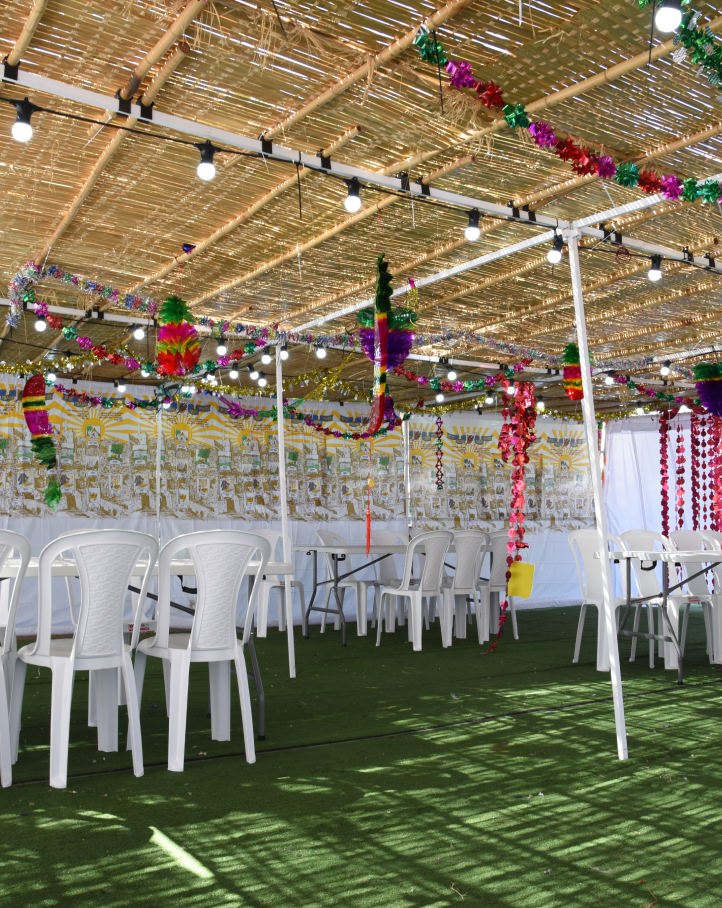


ארבע מינים
The Four Species
The Torah Commands Us To Take Four Species:
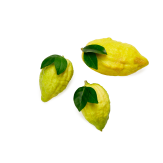
אתרוג
CITRON
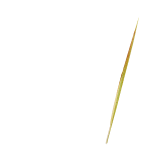
לולב
DATE FROND
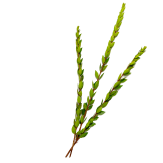
הדסים
MYRTLE
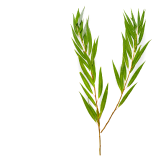
ערבות
WILLOW BRANCH
What We Do With Them
The Lulav, Hadassim, and Aravos are bound together. The Lulav is in the center, with the Hadassim on the right side and the Aravos on the left. They are bound together with three binding rings.
Each morning (except for Shabbos when they are Muktzeh), we recite a blessing on the Mitzvah of taking a Lulav while holding the Esrog in our left hand and the Lulav bundle in our right. We bring them all together and shake them in six directions. We start upwards, then downwards, and finally, in all four directions of the wind, all belonging to Hashem.
Why These Four Species?
The Four Species are represented in two different ways.
First are the species that represent the body’s makeup.

The Esrog represents the heart (circulatory system).

The Lulav represents the spine (neural system).

The Hadassim represents the eyes (sensory system).

The Aravos represent the mouth (digestive system).
The Arbah Minim also represents our nation.
A nation must be united. We cannot expel anyone, not even the ragtag elements. Instead, we bind them all together into one cohesive unit and bring along that Aravos in the waving of the Lulav and Esrog so they, too, can serve Hashem. This represents the communal responsibility to “bind together” every element and make them into one nation.
The Esrog represents the best of our nation, those who study and do good deeds. They have both smell and taste, like the Esrog.
The Lulav signifies those who learn but do not perform. They have a taste but no rich smell.
The Hadassim smell divine and represent those who cannot learn but do good deeds.
Finally, there is the lowly Aravos, with no smell or taste – the people who are bereft of knowledge and not busy doing any good.
Rejoicing on Sukkos – ושמחת בחגיך
ושמחת בחגיך – And you shall rejoice on your festival – this teaches that one must rejoice on all Jewish Yomim Tovim. Naturally, we are forbidden to give a eulogy for the dead or to fast on a holiday, but we are even commanded to be especially happy.
Our sages teach that different activities generate feelings of happiness for other people, and we should engage in those activities on Jewish holidays. Thus, we give sweets to children, and women wear new clothing on the holidays. Men are required to eat meat and drink wine because these things bring joy.
Yet, we are cautioned not to allow the day’s revelry to lead us to the wrong places. Thus, we are commanded to feed the orphan, the widow, and other poor and underprivileged people. If one locks his door and includes only his immediate family, he is not considered to have fulfilled the Mitzvah.
Another important point is that the happiness we are commanded to attain on Jewish holidays should involve serving our Creator. Thus, one who gets intoxicated, overeats, or engages in frivolous behavior is not using these days as intended by the Torah. Instead, one should channel the happiness that these days engender toward higher levels of Divine service.

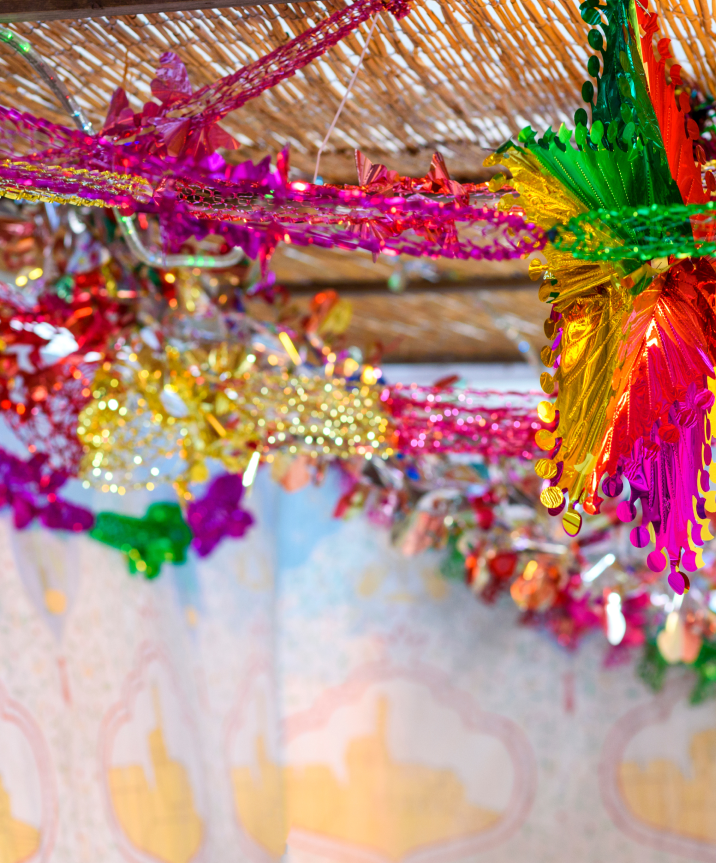
The Heights of Happiness
While the Torah requires joy on all holidays, Sukkos is in a class all its own. When describing the holiday of Sukkos, the Torah states, “…and you will be only joyous”. Thus, we learn that on Sukkos, we must be completely happy and that it does not include any form of sadness or depression.
Coming off the heels of Yom Kippur, having been cleansed from our sins, we certainly can understand the grounds for complete happiness.
Furthermore, in the days of the Beis Hamikdash, the celebrations of the Nisuch Hamayim and the Simchas Beis Hashoeva were grand. The unique commandments of Sukkah and the Arbah Minim are also great opportunities. And finally, after Sukkos is over, we complete the holiday season with the happiness of Simchas Torah. Thus, these days, we can reach levels of joy that will remain with us for the rest of the year.

Help Families in Israel Rejoice this Sukkos
Sukkos In The Times of The Beis Hamikdash
When the Beis Hamikdash stood, Jewish adult males were required to spend the holidays of Pesach, Shavous, and Sukkos in Yerushalayim. Everyone would congregate at the Beis Hamikdash, where Korbonos – offerings were slaughtered, and great ceremonies were conducted. These times of year were exceptionally joyous for the Jewish nation.
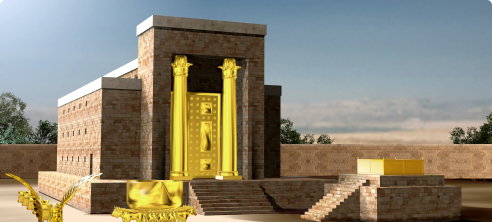
קרבנות / Korbanos
The Torah requires more Korbanos on Sukkos than any other Holiday. Another unique aspect of Sukkos is that fewer sacrifices are bought on each successive day. Thus, on the first day of the Chag, thirteen cows were offered, along with many other korbanos. On the second day, they offered twelve. On the third day, eleven, and so it continued until the seventh day when they brought just seven.
Altogether, seventy cows were sacrificed on the altar throughout Sukkos. (13+12+11+10+9+8+7=70) The Talmud teaches that these seventy cows represented the seventy nations of the world. When the Beis Hamikdash stood, the world’s nations merited forgiveness due to these sacrifices.
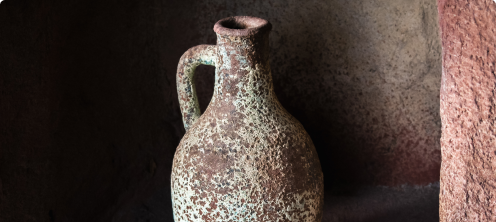
ניסוך המים / NisUch Hamayim
While the Simchas Beis Hashoava lasted throughout the night, the Pouring of the Water took place each morning when the daily morning sacrifice was brought. Like the night before, Nisach Hamayim was accompanied by great rejoicing, as scripture states, “ושאבתם מים בששון – And you shall draw water with joy.”
Amid great celebrations, water was poured out atop the מזבח – altar into one of two holes situated near a corner of the Alter. This act was part of the Beis Hamikdash’s service and a form of prayer. Our sages teach that on Sukkos, the world is judged for water. Thus, the Water Offering was a plea to Hashem that the coming year be filled with life-giving rain waters.
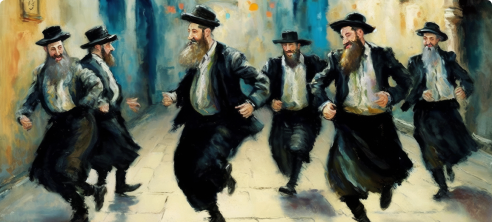
שמחת בית השואבה / Simchas beis Hashoava
While the Torah commands us to rejoice on all Jewish holidays, on Sukkos, it states, and you shall be glad in front of Hashem your G-d seven days. Because of this command, a special event known as Simchas Beis Hashoava took place over Sukkos in the Beis Hamikdash.
Starting after sundown on the first day of Sukkos and every Chal Hamoed weekday after nightfall, there were great festivities in the Beis Hamikdash’s Courtyard. Huge golden candelabras were lit that spread light throughout the city. An orchestra would play, and the great and wise men would dance throughout the night. The celebrations went on so long that the dancers would fall asleep on each other’s shoulders as they circled around and around.
The happiness was so intense that our sages commented, “Whoever did not see the Simchas Beis Hashoava never saw real happiness in his days.”
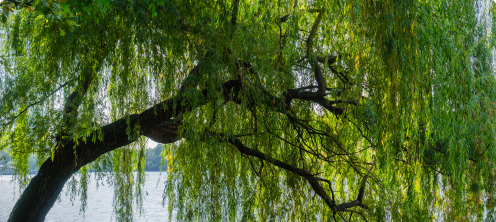
ערבה – Arava
The Hoshanos prayer at the end of Shachris is patterned after a unique custom that existed in the times of the Beis Hamikdash. When the Beis Hamikdash stood, Jews would go down to a nearby valley and pick huge-sized Arava branches. They would bring them to the Beis Hamikdash and place them upright on the base of the מזבח – Alter on all sides. Then, they would enter the Courtyard joyously and circle the Mizbeach once each of the first six days of Sukkos. On the seventh and final day of Sukkos, known as Hoshanah Rabbah, they would circle the Alter seven times. They would pray as they made their rounds, crying out אנא ה’ הושיעה נא, אנה ה’ הצליחה נא – Please, Hashem, bring salvation now! Please, Hashem, bring success now! (Psalms 118:25).
This all ended when the Beis Hamikdash was destroyed, but later, it was revived as a זכר למקדש– a remembrance of the Beis Hamikdash. Today, communities everywhere copy this procedure on Sukkos, walking around the Bimah in the center of the Shul as if it were the Alter in the Beis Hamikdash. The Torah scrolls are removed and held by the Bimah, and the congregation circles once while holding the Arbah Minim. On Hoshanah Rabbah, they circle around seven times. Additionally, a special bundle of Aravos is taken on Hoshanah Rabbah and waved. At the end of a lengthy prayer, the Aravos are beaten on the ground and tossed on top of the Aron Hakodesh, where they remain until Pesach when they will be burned with the Chometz.

Help Families in Israel Rejoice this Sukkos

Sukkos in Belz
Inspirational Sukkos Stories

INSPIRE YOUR INBOX.
Enjoy a weekly dose of Chassidic insights, highlights and happenings at Belz.

